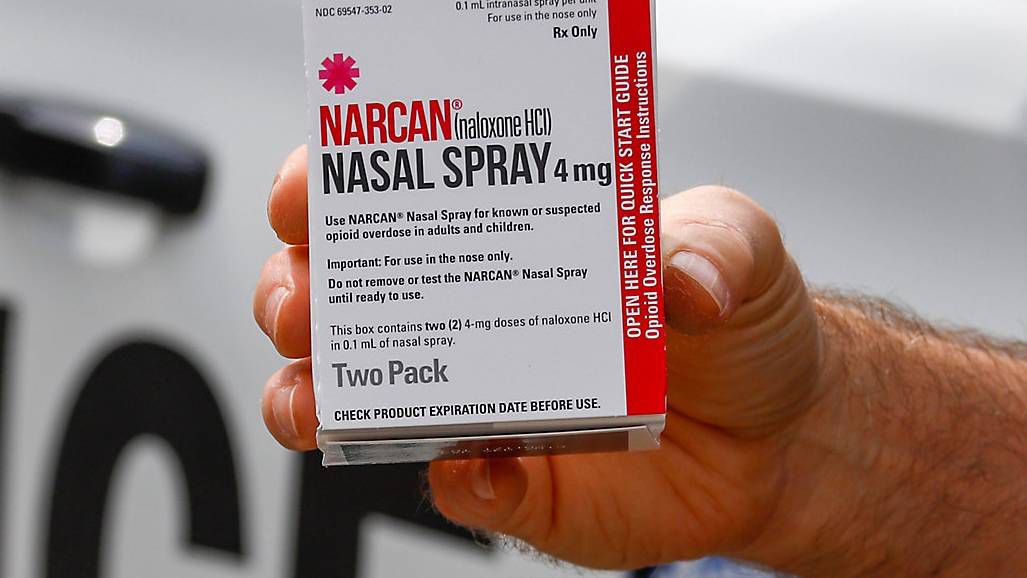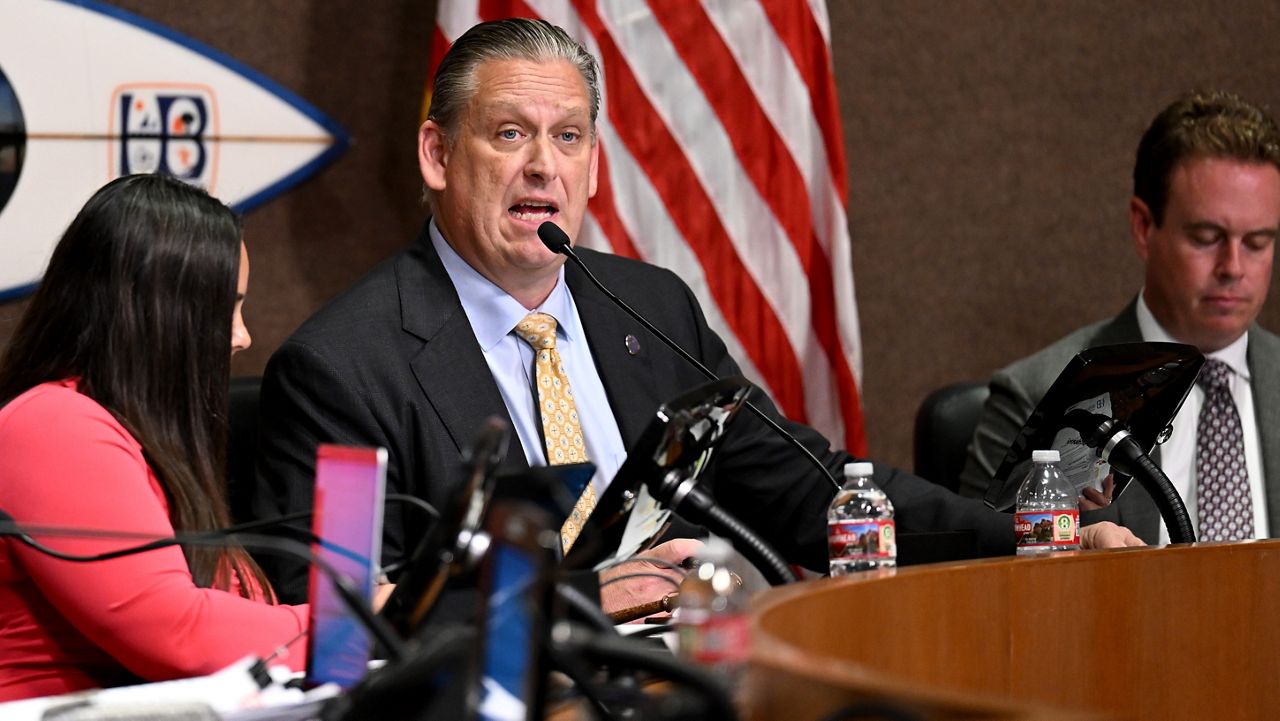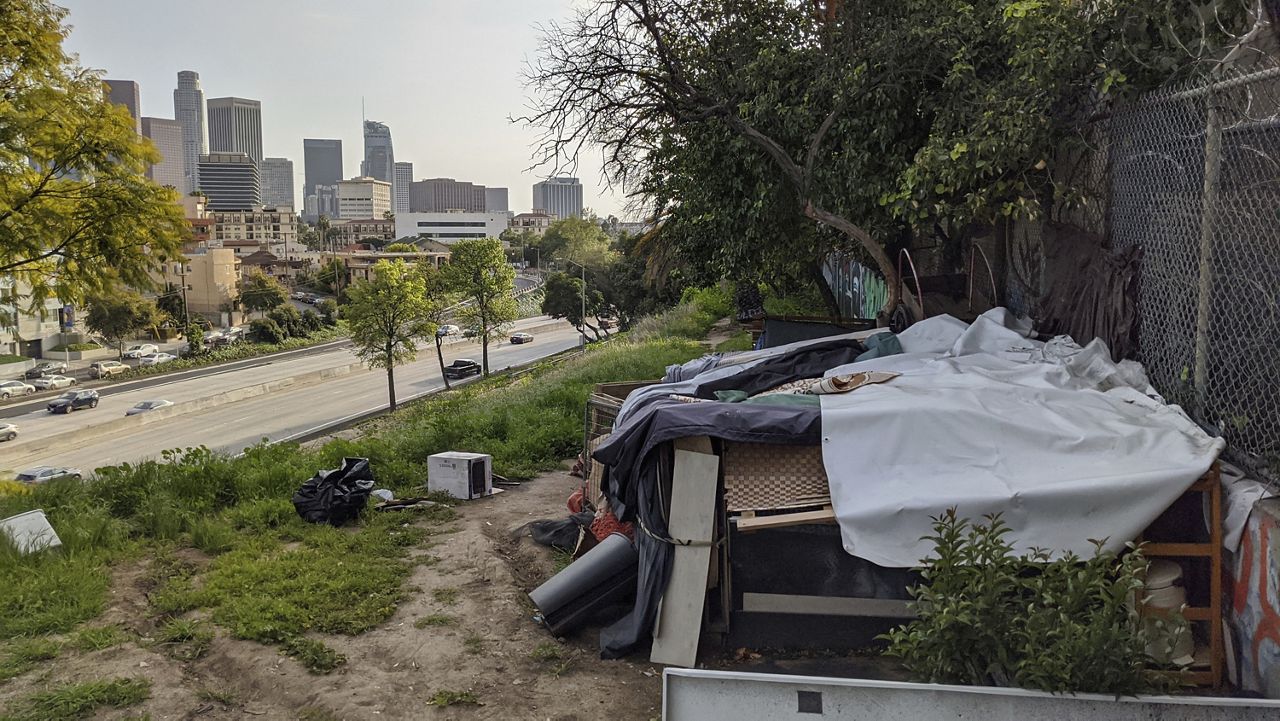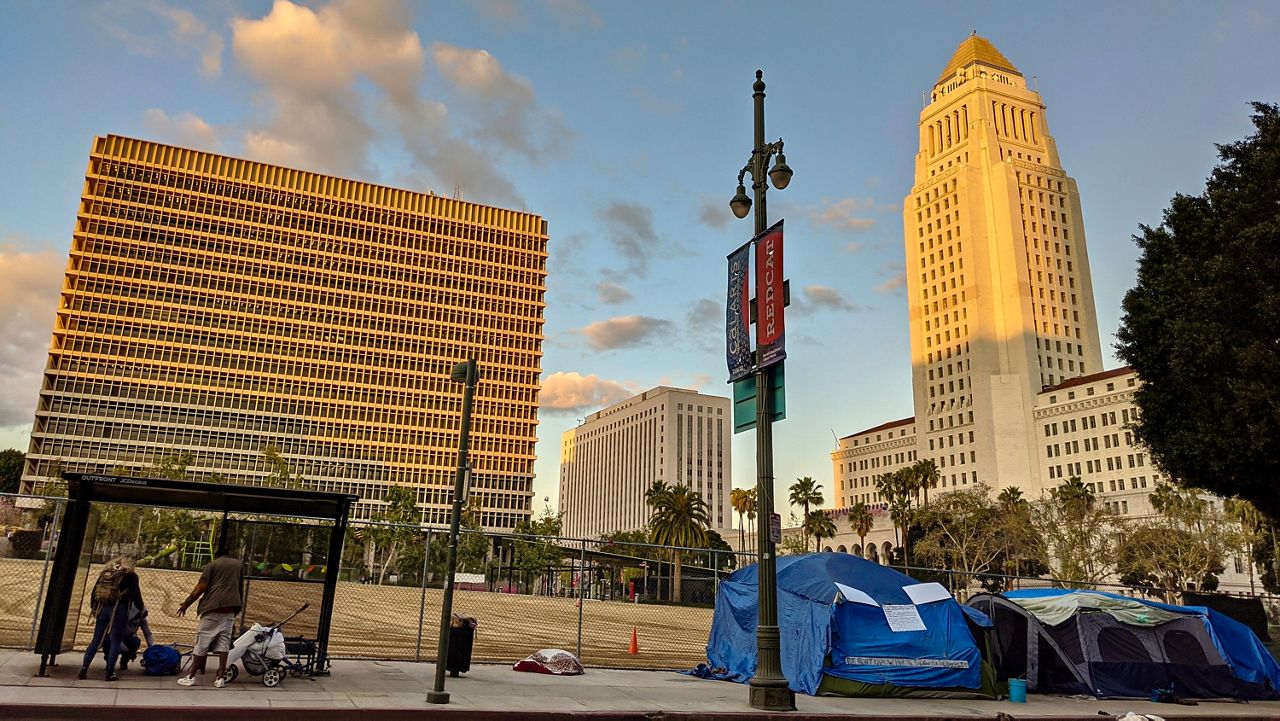SACRAMENTO, Calif. — Fentanyl deaths have risen in California in recent years. Fentanyl was the cause of one in five deaths for people aged 15-24, data shows.
To address the rising fatalities, Sen. Dave Cortese, a Democrat from San Jose, is introducing legislation to provide early intervention and prevention of youth fentanyl deaths statewide.
The state senator announced the planned legislation at a news conference in San Jose along with members of the Santa Clara County Fentanyl Working Group.
A cornerstone of the legislation is increasing the supply of naloxone or Narcan kits in schools. Narcan is a nasal spray that counteracts the effects of fentanyl and other opioids.
Santa Clara County has been a leader in addressing the fentanyl crisis. In March, the Santa Clara County Fentanyl Working Group formed and started providing resources for schools.
Santa Clara Supervisor Cindy Chavez, a member of the working group, says providing the kits has already saved the lives of two students from overdosing on fentanyl.
“We know they were close to dying, and we know had there not been intervention, we would have had two horrifying stories to tell,” Chavez said.
The staff members who saved the students' lives were trained on how to use the Narcan kits by the fentanyl working group and the Santa Clara County Office of Education.
The fentanyl working group comprises parents who've lost children to fentanyl, addiction specialists, law enforcement, teens and medical professionals. The focus of the group was to raise awareness of the fentanyl crisis as well as provide schools more access to Narcan kits.
“Getting naloxone into our communities will save lives,” said Dr. Rachel Sussman, a family doctor and addiction specialist in the fentanyl working group.
Cortese announced he will be introducing legislation at the beginning of the next legislation to combat the fentanyl crisis. He is basing the legislation off the work being done in Santa Clara County to provide a statewide model.
“State legislators had been aware, we have not yet had a good bill come forward, a comprehensive bill to deal with this problem, but it can’t wait any longer,” Cortese said.
Cortese says the legislation will take a preventative approach that will provide necessary intervention and increase education and awareness.
“We can’t continue to wait for more youth to fall victim to the deadly effects of fentanyl and we must take action now,” Cortese said.
Along with providing schools across California with Narcan kits, Cortese says the legislation will also establish fentanyl prevention groups in schools and also encourage schools to set up fentanyl-focused behavioral health advisory councils.
Cortese wants to implement a restorative justice framework for unintentional possession by victims.
“You can’t get young people to come forward if they’re worried about being arrested because they sought out a controlled substance and then fell victim to the kind of lacing and spiking that we’re seeing that is absolutely criminal,” Cortese said.
Fentanyl is a synthetic opioid. There are two types: Pharmaceutical fentanyl and illicitly manufactured fentanyl. The pharmaceutical version is prescribed by doctors and is used to treat severe pain such as after surgery or late-stage cancer patients, according to the FDA.
The illicitly manufactured version is the cause of the recent rise in opioid deaths. A troubling trend is young people going online and purchasing other controlled substances that are laced with fentanyl.
In order to fund the statewide implementationCortese says the legislation should hopefully qualify for existing dollars in the Mental Health Services Act and the Mental Health School’s Services Act.
“I believe the underpinnings of this problem are kids, in a lot of cases, who are trying to self-medicate. They’re reaching out for some kind of controlled-substance, not fentanyl, and they’re getting fentanyl,” Cortese said. “Why are they reaching out for that substance in the first place? Depression, anxiety, some other underlying behavioral health disorder.”
Cortese says the bill will be available in December and will introduce it once the California Legislature opens up on Dec. 5.










